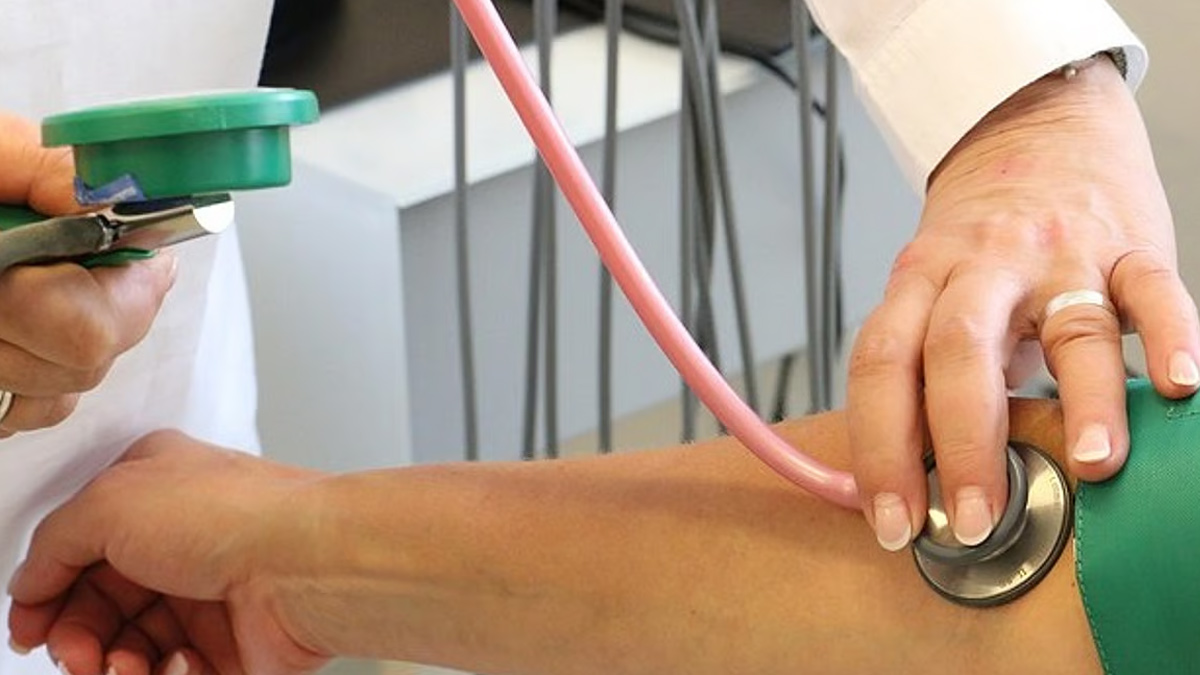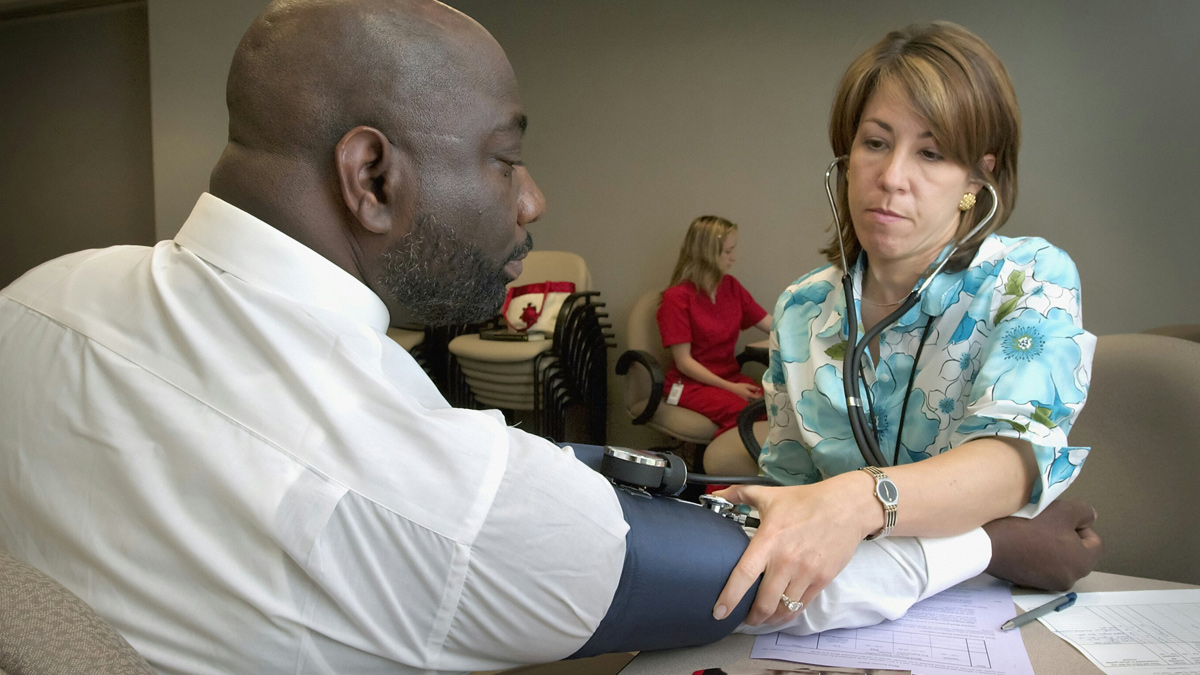
A groundbreaking new treatment is offering fresh hope to individuals suffering from primary aldosteronism, a commonly overlooked hormonal condition that contributes to high blood pressure. Scientists from Queen Mary University of London, Barts Health NHS Trust, and University College London have developed a cutting-edge, minimally invasive procedure called Targeted Thermal Therapy (Triple T). This innovative approach could transform the way this condition is treated, providing a safer and faster alternative to traditional surgery.
Table of Content:-
Understanding Primary Aldosteronism: A Silent Culprit
High blood pressure, or hypertension, is a widespread health concern affecting millions worldwide. Among these cases, approximately one in twenty is caused by primary aldosteronism, a condition in which tiny, benign nodules in the adrenal glands produce excess aldosterone—a hormone that raises blood pressure by increasing the body’s salt levels. Despite its prevalence, fewer than 1% of affected individuals receive a proper diagnosis, leaving many at risk of serious complications such as heart attacks, strokes, and kidney failure.

Moving Beyond Traditional Surgery
Until now, the primary treatment for primary aldosteronism was the surgical removal of the affected adrenal gland. While effective, this procedure required general anesthesia, a hospital stay of several days, and a lengthy recovery period. As a result, many patients remained untreated, managing their high blood pressure with medications that were often ineffective.
Also Read: The Art of Doing Nothing: Why Your Brain Thrives on Lazy Days!
Triple T introduces a new alternative that eliminates the need for invasive surgery. Using advanced diagnostic imaging and precise molecular dyes, doctors can accurately locate and target hormone-producing nodules without removing the entire adrenal gland. This technique not only reduces risks but also ensures a quicker recovery process for patients.
How Does Triple T Work?
Triple T utilizes a combination of radiofrequency energy and ultrasound imaging to pinpoint and destroy problematic adrenal nodules. The procedure involves the following steps:
- A small endoscopic ultrasound device is inserted through the mouth and into the stomach, allowing doctors to visualize the adrenal gland.
- A fine needle is then guided precisely into the malfunctioning nodule.
- Short bursts of heat from radiofrequency energy destroy the nodule while preserving surrounding healthy tissue.
This entire process takes just 20 minutes and requires no external or internal incisions, making it a much more patient-friendly option compared to traditional surgery.

Promising Results from Clinical Trials
The safety and efficacy of Triple T were demonstrated in a study known as FABULAS (Feasibility study of radiofrequency endoscopic Ablation, with Ultrasound guidance, as a non-surgical, Adrenal Sparing treatment for aldosterone-producing adenomas). Conducted on 28 patients, the trial revealed impressive results:
- The majority of participants experienced a normalization of hormone levels within six months.
- Many patients were able to discontinue all blood pressure medications.
- No major complications or recurrences were reported.
One patient, Michelina Alfieri, shared her experience: “Before the study, I suffered from debilitating headaches for years. This non-invasive treatment allowed me to recover immediately, and I was able to return to my daily routine without delay.”

The Future of Hypertension Treatment
Encouraged by the success of FABULAS, researchers have launched a larger trial called ‘WAVE,’ which will compare Triple T with traditional adrenal surgery in 120 patients. The results, expected in 2027, could pave the way for widespread adoption of this groundbreaking treatment.
Also Read: Health Benefits Of Cold Water Therapy May Be Short-Lived, Study Finds
Professor Stephen Pereira, lead investigator of the FABULAS study, emphasized the potential impact of this technology: “With proper training, this technique could be implemented in endoscopy units worldwide, offering a less invasive and highly effective treatment for primary aldosteronism.”
Bottomline
For millions of individuals unknowingly living with primary aldosteronism, Triple T represents a beacon of hope. This pioneering approach offers a faster, safer, and more accessible alternative to surgery, potentially revolutionizing the treatment landscape for this curable form of hypertension. With further studies underway, the future looks promising for those seeking effective solutions beyond lifelong medication and invasive procedures.
Also watch this video
Read Next
Ayodhya Ram Temple's Chief Priest Acharya Satyendra Das Dies After Hospitalisation Due To Stroke
How we keep this article up to date:
We work with experts and keep a close eye on the latest in health and wellness. Whenever there is a new research or helpful information, we update our articles with accurate and useful advice.
Current Version